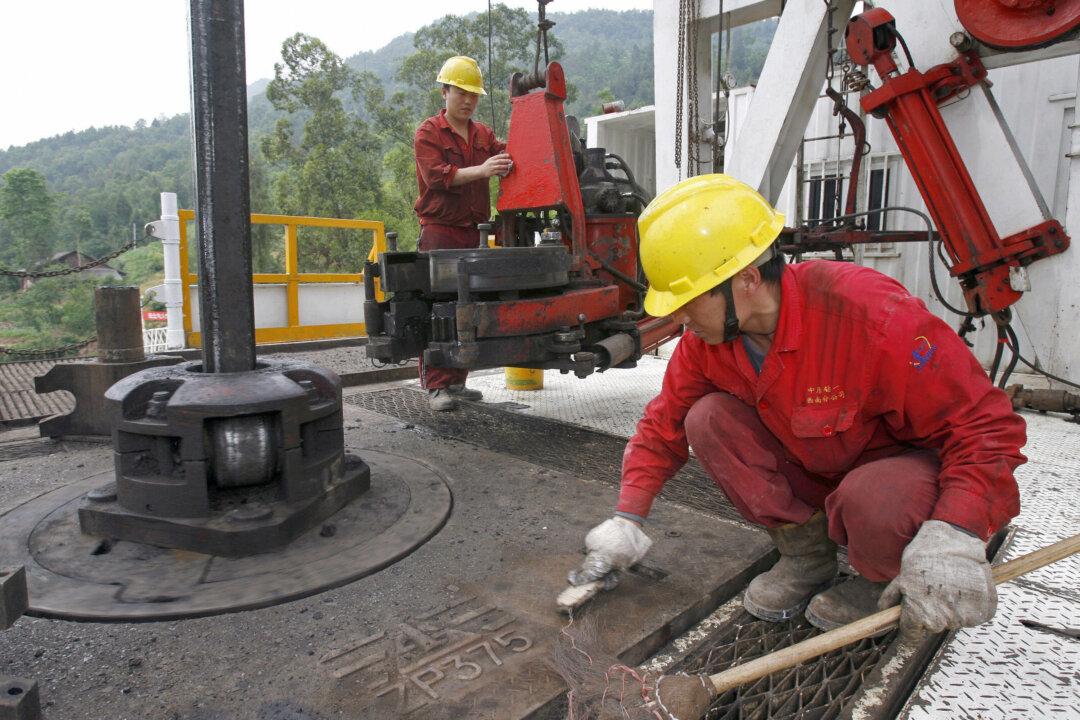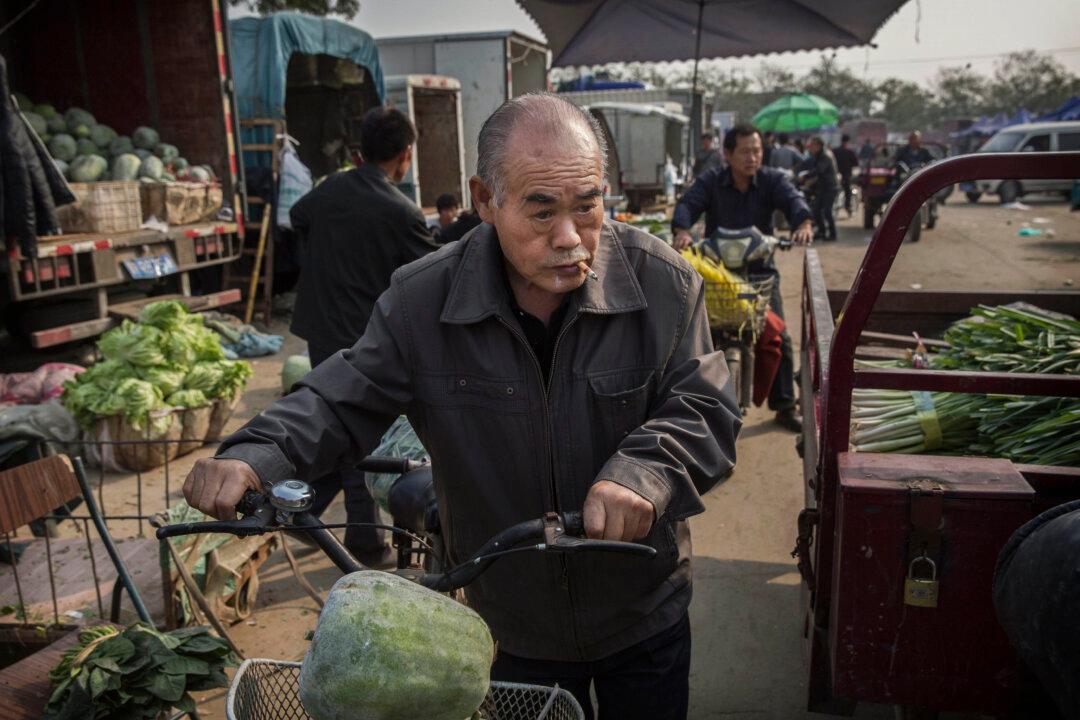News Analysis
As part of China’s ambitious goal to wean itself off coal, China Petroleum & Chemical Corp. has announced plans to sell half its stake in a major cross-country natural gas pipeline, in a bid to raise capital and to fund exploration.
Sinopec, as the company is commonly known, is looking to divest 50 percent of the trans-China pipeline, which connects gas fields in the western province of Sichuan to cities on the eastern seaboard. In a filing with the Hong Kong Stock Exchange on Aug. 2, the state-owned natural gas giant did not specify a timeline or a targeted valuation for the sale.
Despite declining profits and a global natural gas glut, the asset sale will fund new projects in shale gas extraction as Sinopec looks to meet the ambitious target of doubling its gas production within five years. China is betting big on a shale gas boom to decrease its dependency on coal and foreign gas imports.
So far, Sinopec has invested 62.6 billion yuan ($9.4 billion) to build the Sichuan-Shanghai gas pipeline. The 1,700-kilometer project began operations in 2010 and transports up to 12 billion cubic meters of gas per year.
Hong Kong brokerage CLSA believes the pipeline could raise 20 billion yuan ($3 billion) for Sinopec.
Global Gas Glut
China’s natural gas consumption grew at a rate of 3.3 percent last year, its slowest pace in 17 years, according to government data. That’s a far cry from the average annual growth rate of 15 percent between 2009 and 2014.
The global decline in gas prices—somewhat correlated with oil prices, which have faced similar challenges since 2014—has not generated stronger demand.
“We see massive quantities of LNG (liquid natural gas) exports coming online while, despite lower gas prices, demand continues to soften in traditional markets,” said Fatih Birol, executive director of International Energy Agency (IEA), in June. “These contradictory trends will both impact trade and keep spot gas prices under pressure.”





